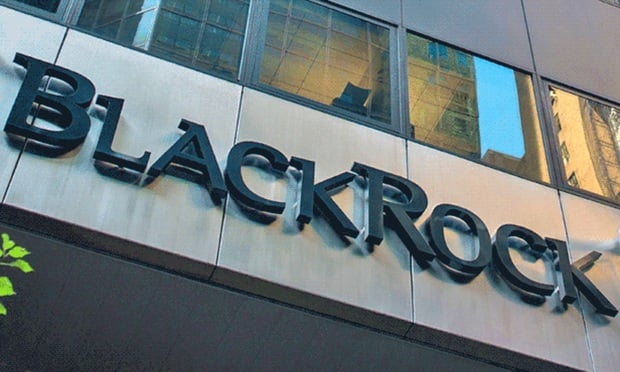Assets of the world's largest 300 pension funds grew by nearly 10 percent in 2012 to $14 trillion, according toresearch by Towers Watson.
That growth rate — vs. about 2 percent seen in 2011 — was the highest recorded in recent years, though it's still not at the levels seen before the recession.
Asia Pacific funds had the highest growth rate of 7 percent, while European fund saw an increase of 6 percent. North America saw a slight 1 percent decrease, while Latin American and African regions combined grew 11 percent.
Recommended For You
The report found that the world's top 300 pension funds represent 47 percent of global pension assets.
Towers Watson found that defined benefit plans, which still account for 69 percent of total assets, are not as prevalent as they were five years ago when they made up 75 percent of total assets. In 2012, DB assets grew more than 8 percent compared to around 12 percent for defined contribution assets, while reserve funds grew by around 18 percent.
"The rise in pension assets in 2012 was a combination of investment market recovery and new cash commitments. There were many similarities to the year before: a bumpy recovery accompanied by occasional hyper-volatility in markets, but with some notable differences that are cause for some encouragement for the first time in five years," said Carl Hess, global head of Investment at Towers Watson.
On the other hand, "despite healthy growth in 2012, these pension funds' annualized growth rate for the past five years is just over 3 percent, which is probably not enough to ensure they all meet their obligations, absent capital injections," he said. "Indeed, some most probably will not, particularly in what is predicted to be a low-growth, volatile and highly competitive marketplace for some time yet."
The U.S continues to have the largest share of pension fund assets, accounting for 35 percent.
The research shows that 40 new funds entered the ranking in the past five years. Australia and Germany contributed the most new funds (four and three, respectively), followed by Poland, Russia, Peru and Colombia (two each). During the same period, the U.S. had a net loss of 17 funds from the ranking, but it still has 124 funds in the research. The U.K. is the next highest with 26 funds, followed by Canada with 19, Japan with 17 and Australia with 15.
Assets held by Australian funds grew at the fastest rate during the five-year period ending year-end 2012, swelling by 13 percent in U.S.-dollars, followed by Taiwan funds at 11 percent. During the same period, the top Danish, Mexican and Brazilian funds grew at 9 percent, 7 percent and 5 percent, respectively.
The 107 public-sector funds researched had assets of $5.3 trillion in 2012 and accounted for 38 percent of the total. The 61 private-sector industry funds and 106 corporate funds account for 14 percent and 20 percent, respectively, of assets in the research.
© Touchpoint Markets, All Rights Reserved. Request academic re-use from www.copyright.com. All other uses, submit a request to [email protected]. For more inforrmation visit Asset & Logo Licensing.






